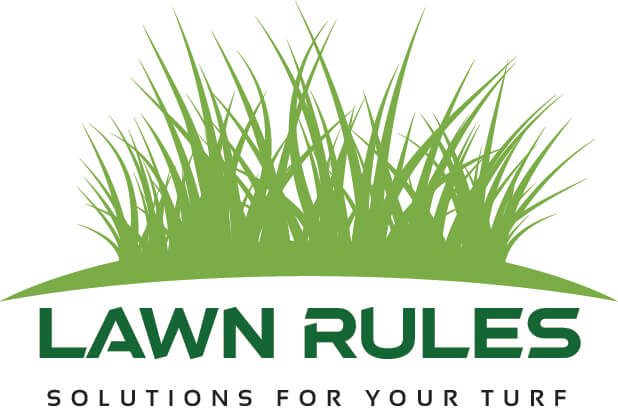- No product in the cart.
Wintergrass Herbicide
When it comes to Wintergrass control, every lawn enthesis face an array of situations, scenarios and solutions in regards to selecting a wintergrass Herbicide to control this winter pest that is without doubt is the most invasive lawn and turf weed in the world. And because of the difficulty of controlling it, many of us simply learn to live with the problem.
There is no doubt that Wintergrass is the worst weed we try and eradicate or supress. In some cases, wintergrass can be so competitive as to actually replace the desired turf. I think almost every budding lawn owner wants to treat their lawn with a qualified wintergrass herbicide.
Controlling wintergrass is a tough job because the weed is so prolific and highly adaptive. It can be mowed as low as 3mm and still produce seed. It is one of a few species capable of producing viable seed (which can lay dormant for long periods) only one day after pollination. And with the annual seed production from a single square metre of wintergrass being between 30,000 and 70,000 seeds, you’re most likely overseeding wintergrass every time you mow your lawn. The problem even comes in two varieties — annual and perennial. The perennial wintergrass favours more highly managed sites that include golf greens and extremely well-manicured lawns, while the annual variety prefers to hang out in rougher areas or low maintenance lawns The darker ryegrasses bred today make wintergrass look even worse.
In general, ryegrass is getting darker, so the seed heads of wintergrass become even more objectionable. Most home owners can’t tell the difference between ryegrass/Tall fescue and wintergrass until the wintergrass produces a seed head, and then it can look like a field of snow. The wintergrass is more notice in all varieties of warm season grass especially during winter when the host grass goes dormant and you have blobs of wintergass everywhere. There are numerous management techniques and products for controlling wintergrass, ranging from pre-emergent (spartan herbicide) and post emergent herbicides (destiny, coliseum brek) to nonselective (roundup) For some home owners cost isn’t the biggest issue; the lawn must be wintergrass-free at any price. For most of us it is a case of price vs. outcome. Each treatment has advantages and drawbacks, and you make different choices depending on things like whether or not you’re overseeding. Throw in herbicide resistance, and controlling wintergrass gets even more intricate.
“We don’t know exactly how widespread resistance is, but if you’ve got it, you’ve got it,” I say. “If you don’t have it, you want to do all you can to prevent or at least postpone getting it. Resistance seems to be quite common in in most areas throughout Australia. If you suspect you have resistance, the first line of defence is to alternate products. That’s the key if you want to stay ahead, Rotating among the different families of chemistries available is about the only thing you can do to effectively combat the problem. Post emergent wintergrass Herbicide like Coliseum and Brek gives you different chemistry choice and can be used on most warm season grasses. Control can range from 50-percent to 90-percent range. I find the best time to spray these herbicides is in Spring when soil temperatures are getting warmer.
Pre-emergent herbicides like Spartan are fairly new to the domestic market and can provide up to 90% weed prevention including wintergrass, summer grass weeds and broadleaf weeds making it an important tool in reducing wintergrass in your lawns for up to 6 months. As you read about the most difficult weed in the world to control a 2 prong attack is required, pre-emergent (Spartan Herbicide) and post emergent herbicides. To help you make the right choices contact Lawn Rules and we will help you choose the right wintergrass Herbicide for your lawn.
